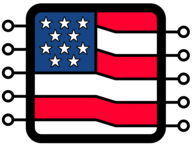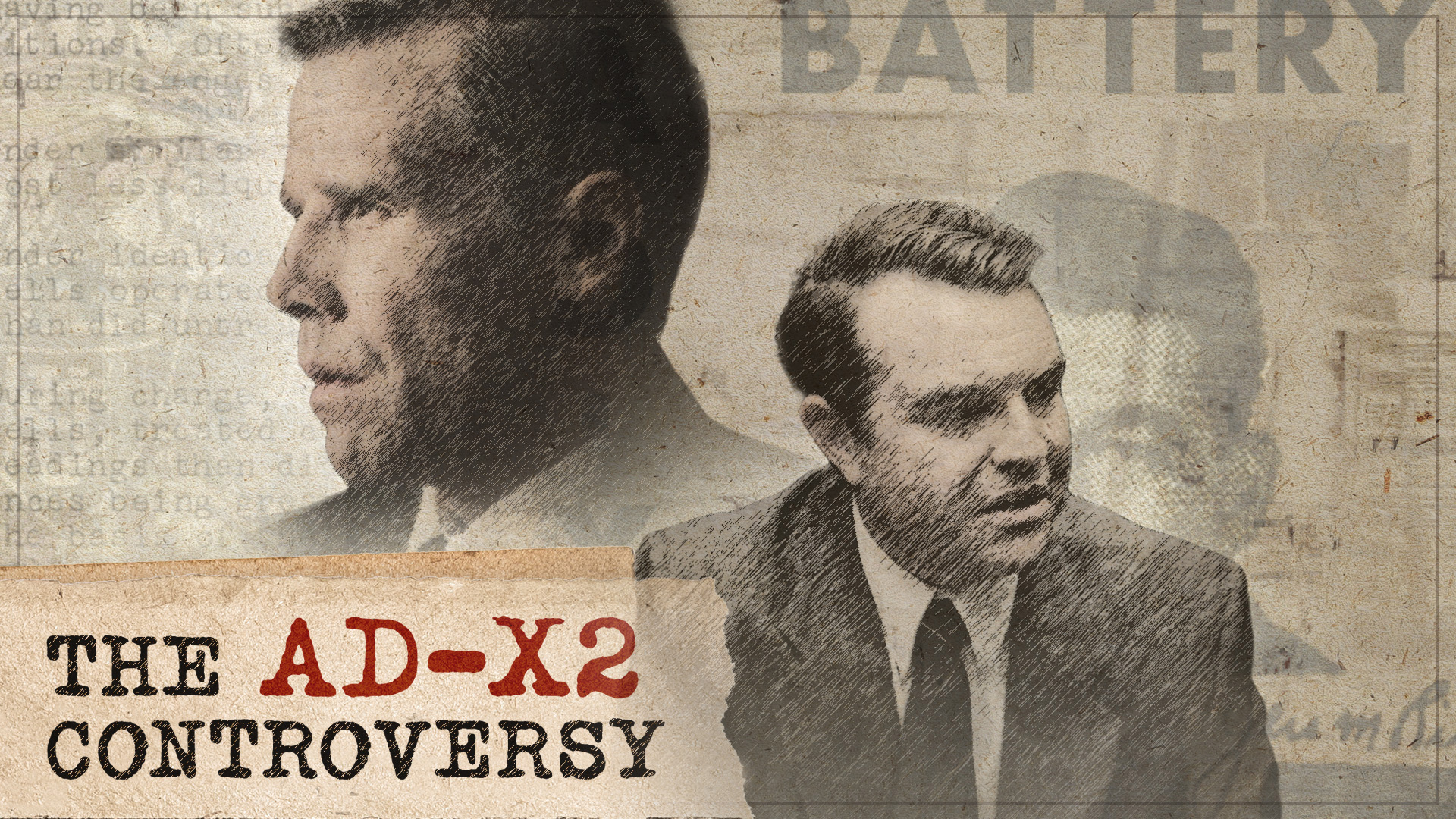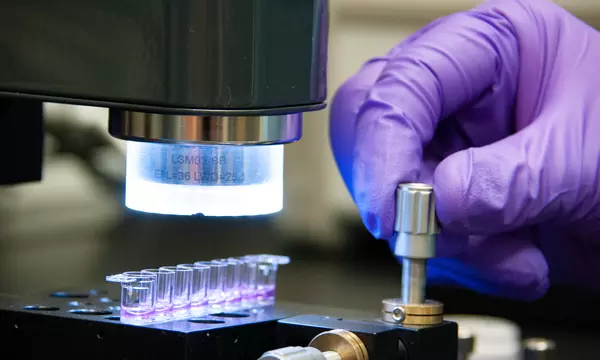News
More News
Multimedia
The AD-X2 Controversy
In the 1940s and ’50s, amid a booming economy and rapid scientific progress, a charismatic salesman sought to make his fortune with a chemical additive, AD-X2, that he claimed would revolutionize the car battery business. When tests from a prominent scientific agency showed that the additive was worthless, its director had to battle public opinion and political pressure to defend the importance of scientific integrity. More Info: www.nist.gov/ad-x2



















